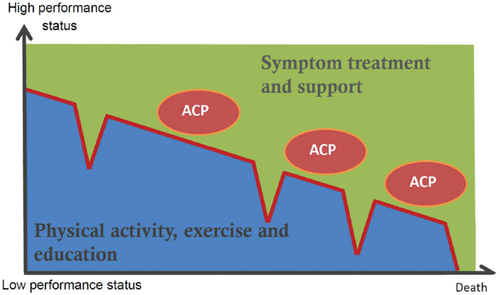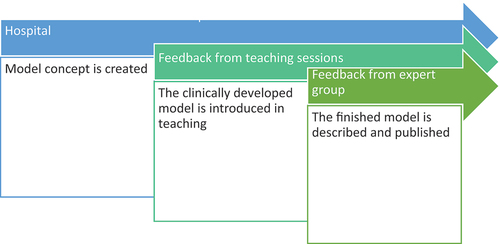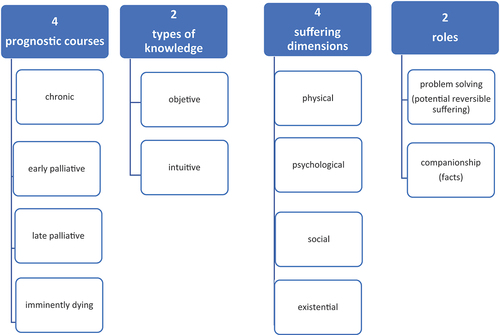Figures & data
Figure 1. Personalized management and palliation includes symtom treatment, rehabilitation, patient education and support. Palliative support, including pyschological, social and existential support, may continue into care for the informal caregiver after the patient’s death. Routine and early Advance Care Planning (ACP) provide the ability to adjust treatment goals during the disease trajectory.



